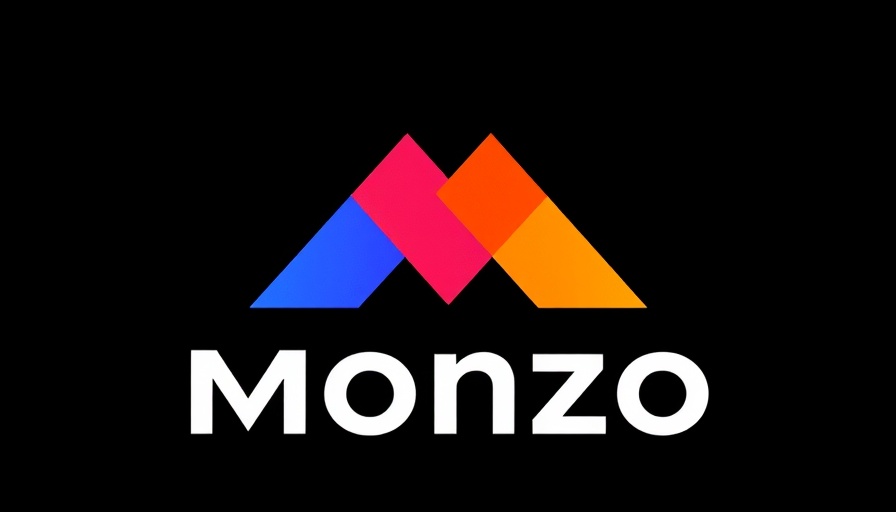
Tariffs and Their Impact on Inflation
In today’s complex economic landscape, tariffs have taken center stage, becoming critical factors influencing both inflation and investment returns. As tariffs are being reinstated globally, they trigger supply shocks—shifts that can significantly alter the expense of goods and services. Essentially, tariffs make imported products more expensive, pushing up the overall price level, which can lead to higher inflation rates. For investors, understanding these dynamics is becoming increasingly pivotal.
Understanding Inflation Through Supply Shocks
A foundational concept in modern economics is the Phillips Curve, which illustrates the inverse relationship between unemployment and inflation. In the context of tariffs, the price changes they induce represent a supply shock that can prompt inflation expectations to rise. These shocks contribute to headlining inflation metrics, making it crucial for investment professionals to discern between regular inflation signals and shock-driven fluctuations.
The Role of Asset Classes in Responding to Tariff-Induced Inflation
Asset classes respond differently to inflation shocks brought about by tariffs. Traditional wisdom and economic frameworks suggest that protective measures, like tariffs, can disproportionately affect various markets, influencing investor strategies. For instance, commodities might see a more immediate price increase relative to fixed income assets. Recognizing these patterns allows investors to better position their portfolios against inflationary pressures.
Final Thoughts on Strategic Investments
As the interplay between tariffs, inflation, and asset returns continues to unfold, it is vital for investors to stay informed and agile. By keeping abreast of inflation indicators and understanding the underlying economic frameworks, such as the Phillips Curve, investors can make more strategic decisions, potentially seizing opportunities or mitigating risks associated with future supply shocks.
 Add Row
Add Row  Add
Add 




 Add Row
Add Row  Add
Add 


Write A Comment